Introduction
What is data-driven marketing?
Data driven marketing is a promotional technique that uses data obtained through customer interactions and third parties to understand the motivations, behaviors and preferences of a target market.
The approach is best suited to businesses who either have plans for high budget spends and are ready to make those kinds of investments in their marketing department. Or businesses which have $10,000 and above marketing spends.
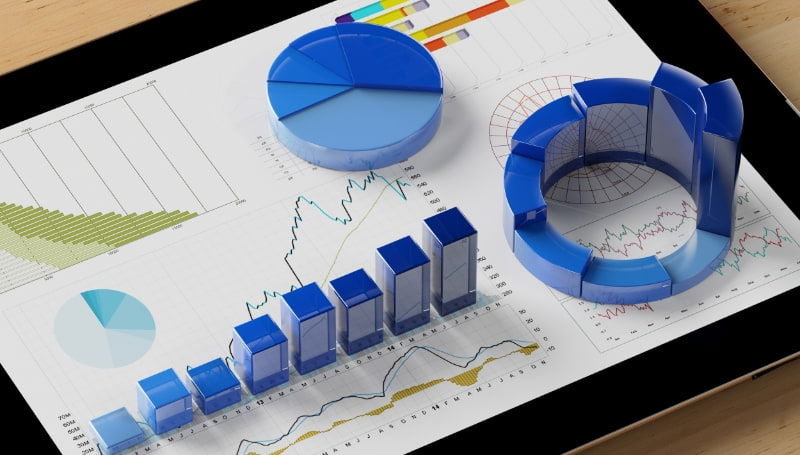
How does data-driven Marketing differ from conventional marketing?
To understand how data-driven marketing differs from traditional marketing techniques, we'll need to take a step back. We'll need to revisit the origins of marketing.
At its core, marketing has always focused on two objectives.
- To identify customers' needs and desires
- Using that knowledge to deliver products or services that customers will purchase
Traditional marketing relied on two methods to achieve these goals
- Market studies
- Assumptions about the target audience
Unfortunately, this approach is a hit-and-miss affair, so you would have to try several strategies to identify one suitable for your goals.
In contrast, data driven marketing enables marketers to reach out to consumers at the right time and with the right offers.
Why use data driven marketing? and what are the benefits?
You should use data driven marketing because it allows you to assess the effectiveness of your marketing activities. It helps you enhance your marketing channel performance, which in turn, improves customer experiences. This ultimately improves your revenues and profits. in fact, businesses that use data driven analytics have reported about 5-8x returns on their advertising expenditures.
Data driven marketing offers several other traditional marketing techniques. We’ll discuss a few of the most prominent here.
It enables;
Personalized Marketing

Today's consumers do not trust generic marketing messages. One study found that nearly 75%, (that’s 3 out of every four) of customers are frustrated whenever they receive irrelevant content from brands.
About 80% will not pay any attention to an offer if a brand does not personalize it to account for their previous interactions. This is proof that personalization is not just helpful, it’s essential.
It is vital that you convey the right marketing message, to the right audience, at the appropriate time. Data driven marketing will enable you to create a customized campaign that has remarkable conversion rates through a deep understanding of your customers.
Personalized marketing facilitates advanced marketing techniques like personalized ads, landing pages, and many other types of communication. This kind of marketing enables your brand to connect with customers on a personal level. This will increase Returns on investment and customer loyalty.
While on the surface it might look very simple but personalization across your marketing touch points will enable you to convert more customers at every step of the funnel.
Hubspot has even found that personalized marketing across various touch points will increase the ROI on your marketing efforts.
Multichannel experiences
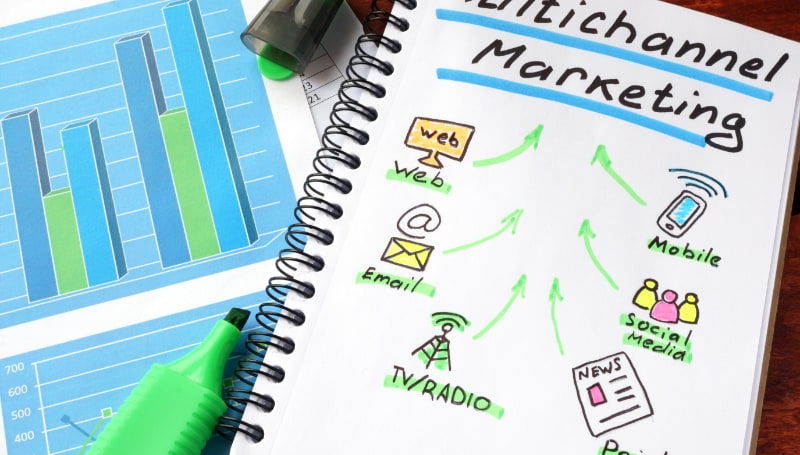
Multichannel marketing involves running a synchronized campaign across multiple channels. This approach may include any combination of traditional and digital channels, like email, social media, paid advertising, and so on. It is beneficial for two main reasons
- Marketing across different channels enables you to meet your customers on their terms, that is, the communication channels they are most comfortable with. Chances are that your market base is larger than the customers you're getting on Facebook or Instagram. Adding new channels to your marketing helps you reach a wider audience.
- Multichannel marketing will also increase the frequency of contact between you and your target customers. This leads to higher recognition, which in turn leads to higher conversion rates.
Relevance

The data driven marketing process allows you to determine what works, what does not, and improve your efforts to incorporate the most effective strategies. In this way, you'll make decisions faster and get a better understanding of what the customer expects from your brand.
Refined customer experiences

Data driven marketing allows you to run multiple customer satisfaction surveys. You can use the insights gained to identify specific areas for improvement. The changes you make will give customers the best possible experience while interacting with your brand.
Better Product development

Your marketers can identify audience needs, desires and pain points before you launch a new product. Designing your products to meet these needs will ensure you have better success.
The real-time data that it provides helps you take a proactive approach to marketing. Instead of having to play catch-up by developing features that may no longer be relevant, the data gives you an understanding of what matters to your prospects (both in the present and in coming days, weeks, or months).
These insights help you focus on the right areas. The closer you get to what your customers need, the easier it will be to satisfy them with new product developments.
Data driven marketing process and some tools to work on data driven marketing.
The data driven marketing process allows you to optimize brand communications using audience information. You can use customer data to predict needs, desires, and future behavior. These capabilities ensure the highest possible returns on investment through personalized messaging. Data driven marketing relies on three main steps:
- Strategy
- Data
- Execution.
The process also requires several technologies, often collectively referred to as a modern data stack. Before we go into the details, I'd like to explain this point a little more.
The Modern Data stack:

Marketers need convenient solutions that shorten the time required to gain specific audience insights - without sacrificing quality. That’s where the modern data stack comes in.
It is an innovative new workflow for data integration that saves engineering time, giving marketers, analysts, and engineers the freedom to pursue more pertinent activities. A modern data stack will evaluate your enterprise's data to dynamically identify new areas for growth and enhance efficiency.
The most significant benefit of the modern data stack is that it’s hosted in the cloud and requires minimal technical configuration by users. These features ensure end user accessibility and scalability, so your marketers can quickly respond to your growing needs without the long, expensive downtime associated with scaling operations.
To put it simply, a modern data stack removes technical barriers to entry for data integration. Users of all backgrounds can easily use and manage its tools because they are built to be simple and easy to understand. it is fast, cost efficient and productive
Modern data stacks are built on the following processes;
1. Data Ingestion: Extracting data from databases and third-party tools using an ELT solution (Extract Load Transform - these are the processes used to copy data from a source system to a target system like a data warehouse).
2. Data Warehousing: Storing this data in a cloud data warehouse
3. Data Transformation: Building data models and preparing the data for analysis
4. Business Intelligence: Building reports to analyze the data in a BI tool
Who is it useful for?
a) Product teams
The modern data stack enables these teams to enhance the product development process by prioritizing features users want and/or need, while eliminating the ones they don’t
b) Growth and marketing teams:
With a modern data stack, growth teams can optimize customer acquisition, activation, and retention through a better understanding of user journeys and points of friction.
The goal with this stack is to do the following:
- Collecting event data
- Setting up tracking
- Observing leakages
- Personalizing experiences.
- Making tweaks across your funnels.
How to set up data driven marketing for your online brand.
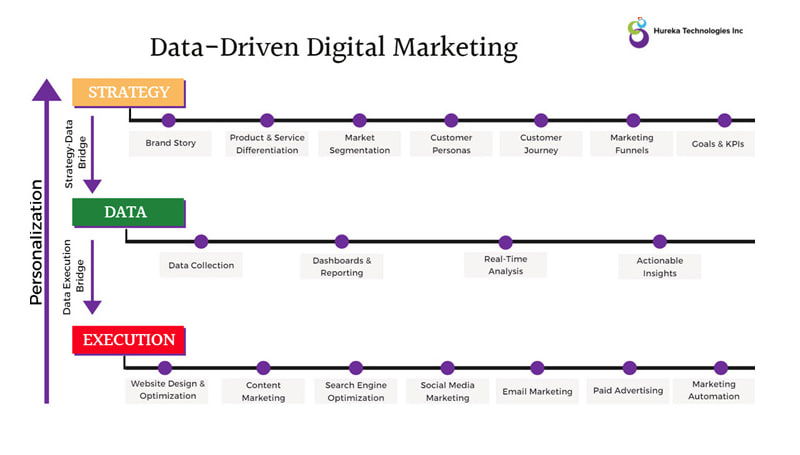
The innovative, yet reliable experience Google offers has made it an indelible part of millions of peoples' lives. Google's brand just may be the reason why you couldn’t convince the average person to use anything else.
So we've established that it’s important to have a brand. But, how do you create one? That’s where the brand story comes in.
A brand story tells your audience why you started your business, what drives you to do what you do, why that matters to them, and why they should trust you.
A well thought out brand story creates an emotional bond with your audience and builds trust.
It’s worth emphasizing here that a brand story is not just a tagline. It isn’t just a logo or set of brand colors. It doesn’t end with your personal story or “about” page, nor does it end with a sales pitch. A true brand story conveys the heart and soul of your organization. It offers a complete picture of who you are, and is what sets you apart from everyone else.
The best brand stories are usually simple
Telling a simple story is the best way to build momentum and relationships, both of which are crucial for a success.
The narrative should focus on a problem, process, and solution. It should also have a compelling beginning (why did you start?), a middle; where, when and how; and an end. Obviously, the end isn’t really and but more like a journey and progression that your clients can explore with you.
Human beings love a good story, and using that your advantage will grow your brand tremendously.
2. Product & service differentiation:

differentiate their product for their market, which other candy brands had not considered - a long-lasting candy. They identified a position for their brand to occupy in the psyche of candy buyers.
3. Market segmentation:

It's common for a business to have many buyer personas. For example, if the final user of your service/product needs the consent of others before making a purchase, each person involved in that decision is a separate persona.
Buyer personas will help your business understand and relate to customers, so you're better at acquiring and serving their needs.
Buyer personas help ensure that all the activities you undertake to acquire and serve customers remain relevant to their needs.
This may seem simple, but it isn't.
If you pay enough attention to the way brands present themselves, you will see that many start by talking about what they do - instead of what their customers need.
This puts them at a natural disadvantage.
When picking a service or product, consumers will naturally tend toward a brand they know and trust. The best way for brands to establish such a relationship is to show honest concern for the customers, and you can't do so without putting them first.
Gaining trust as a business requires a subtle but important change in the way you present yourself.
First, your messaging should show potential customers what they gain from you by addressing their pain or need. Only then will they be willing to explore what you have to offer.
Creating buyer personas and continually using them to grow your business can help you focus on customer needs
Pro Tip:
- Develop at least 4-5 ICPs around your product or service.
- Now try to align at least 2 ICPs to your product.
5. Customer Journey:
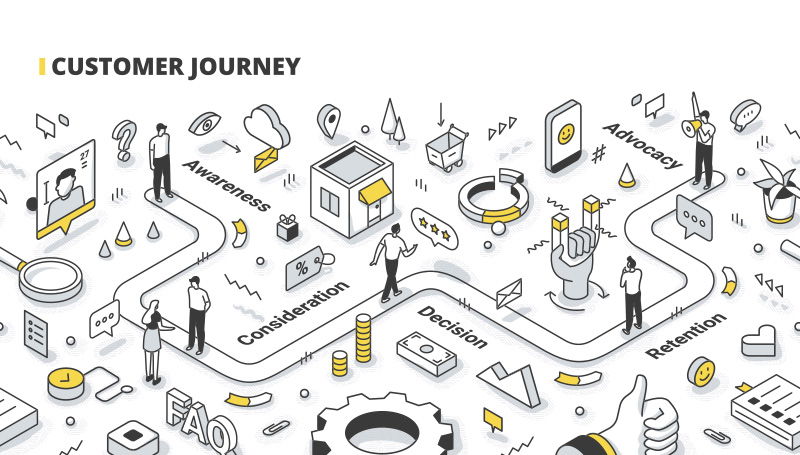
Customer journey mapping tells the story of how customers experience your brand at all touch points.
Whether they reach you through social media, live chat, email, or some other means, the customer journey will provide a visual map that enables you to ensure you do not lose any of them.
It is interesting to note that customer journey mapping is just as vital for small and medium-sized enterprises as it is for larger companies. It's because consumer expectations are evolving for all enterprises, regardless of size.
Customers are more likely to favor brands that take an Omni channel approach to market, sales, and customer service.
Mapping the customer journey offers several benefits like,
- Enabling you to optimize the customer onboarding process
- Evaluating the experiences your customers receive in contrast to their expectations
- Understanding the differences between buyer personas as they advance from prospect to conversion
- Creating a logical flow for your customer journeys
Tool Recommendations:
Full story:
Full Story is a cloud-based digital intelligence platform that helps improve client experiences. It allows users to track and evaluate customer activity and indexes everything from clicks to page transmission.
The stored data is accessible to the whole team and can inform business decisions.
What makes it such a remarkable tool is that it allows you to identify (with pinpoint accuracy) where your users are struggling. It is easy to configure and comes with the additional benefit of an API that you can incorporate into other analytics systems
6. Marketing funnels:
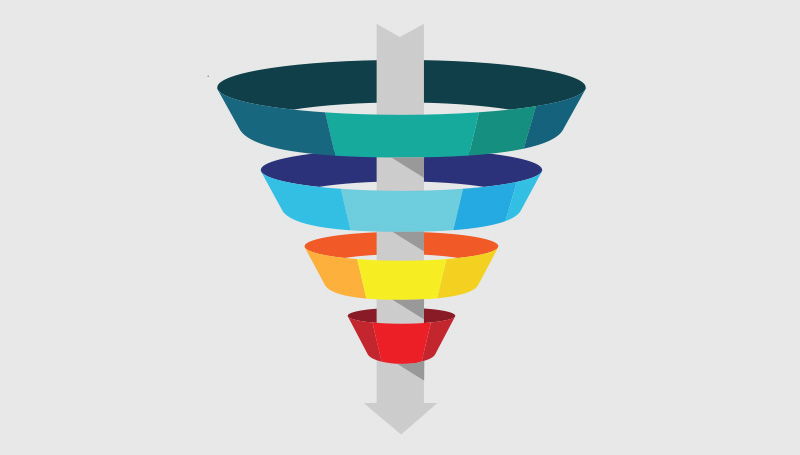
A marketing funnel breaks down the customer journey right from the point where the customer first learns about your business to the purchase stage (where they purchase your product or service).
It may also include a post-purchase follow-up phase to increase retention and create opportunities for cross or upsells. Marketing funnels are generally made of 5 stages. These are Awareness, Interest, Evaluation, Commitment, and then sale.
A marketing funnel simplifies the customer journeys we discussed in the sections above, making it easier for marketers to implement.
It lays out each phase of the customer journey and identifies the appropriate tools and tactics to propel prospects to the point where they're ready to make a purchase
Pro tip:
Marketing funnels work best when you design separate funnels for each Ideal Customer Profile (IDP).
It allows you to measure how and where customers are dropping off so you can plug the gaps.
We’ll talk more about it in the coming pointers.
Also, it helps to direct leads from facebook, google, and other platforms into separate funnels, as they’re likely to have different expectations or wants.
Tool Recommendations:
Marketplan.io
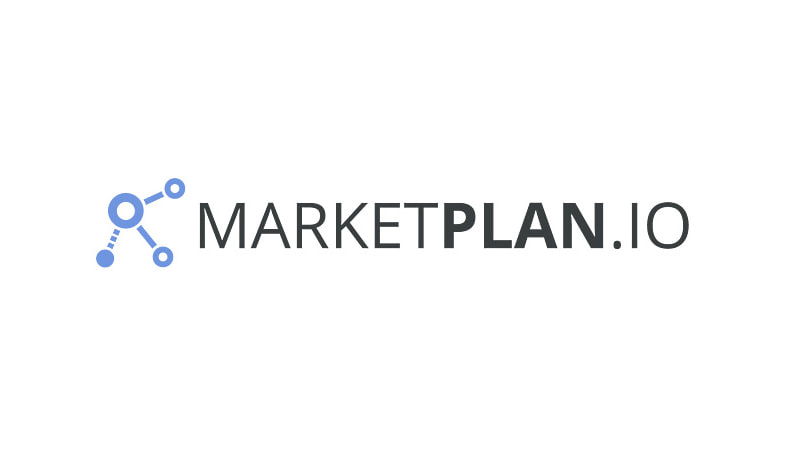
Marketplan.io enables you to map out marketing funnels, ensure alignment with your marketing messaging across all your channels, assign tasks, and collaborate with team members.
Overall, it is easy to use and comes with several instructional videos to help you find your way around.
Geru
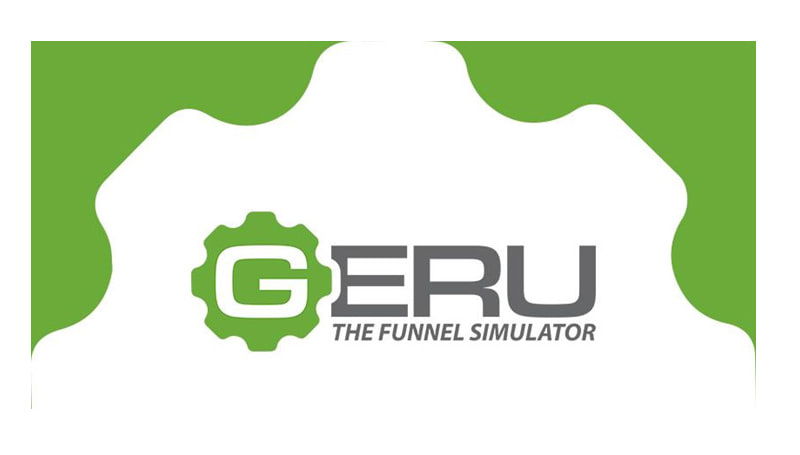
Geru is a marketing funnel simulator that does 2 things
It offers a highly effective diagramming capability to help you visualize just about any marketing process. It also helps you plan marketing funnel structures and evaluates their ability to generate leads and revenue
7. Goals and KPIs:

Ideally, you should define all your KPIs and goals before starting any campaign, you can make estimations of how much a customer would cost, and an average customer value, and average customer conversion value on the basis of industry benchmarks.
Figure out the average conversion rate and from the average CPC clicks on paid channels you can also figure out a math of what it takes to acquire a certain customer cost wise.
and then You can establish all your goals and KPIs within google analytics.
So that we know everything is being tracked here.
Tool Recommendations:
Google Analytics
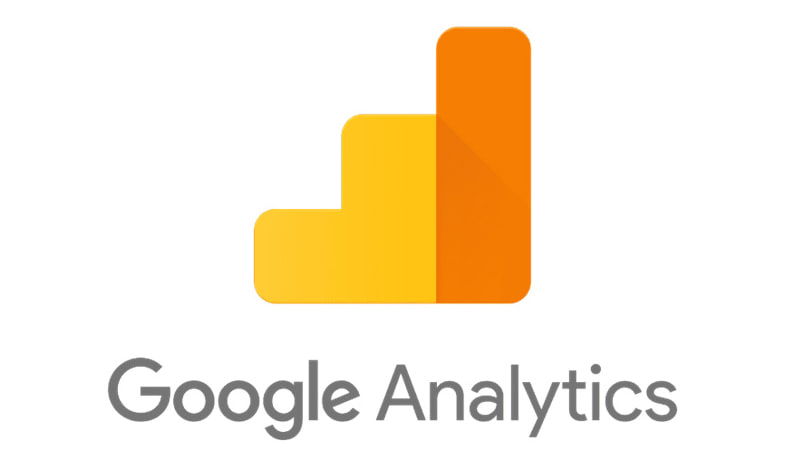
Google Analytics is a free website analytics service that provides statistics and essential analytical tools for marketing and search engine optimization. It enables you to measure your advertising returns on investment while tracking all your video, flash, and social networking sites and applications.
The platform's core features include the the ability to determine top sources of user traffic, evaluate the success of marketing campaigns and activities, track goal completions like purchases, and so on
Quantcast

Quantcast uses data analytics to empower brands with the insights they need to grow their audiences on the internet.
The platform offers website statistics designed to enable web performance analysis from a marketing viewpoint
Data
1. Setting up tracking
Data tracking is the process of gathering, identifying, and categorizing individual data points along the data pipeline for use in data analysis.
It involves the tools brands use to organize data and the ethical structure they rely on to protect user security and privacy.
Note: the usefulness and accuracy of your enterprise's data depend on implementing a viable data tracking strategy. Without it, you risk having a corrupted and confused data set, meaning all your tools become useless, or even worse, you make critical business decisions based on false data.
Google analytics:

As we've already discussed, Google analytics offers plenty of insight into user behavior that can be vital for your business. The platform's analytics capabilities enable you to
- Measure website performance
- Identify the best content type for your website
- Sort users into different segments
- Optimize your website pages to enhance conversions.
Once you've created an account and added a tracking code, Google analytics will give you detailed analytics reports that show your online performance. You'll get to see
- User history
- Sessions
- Bounce rate
- Active users
- Session duration
Google Tag Manager:
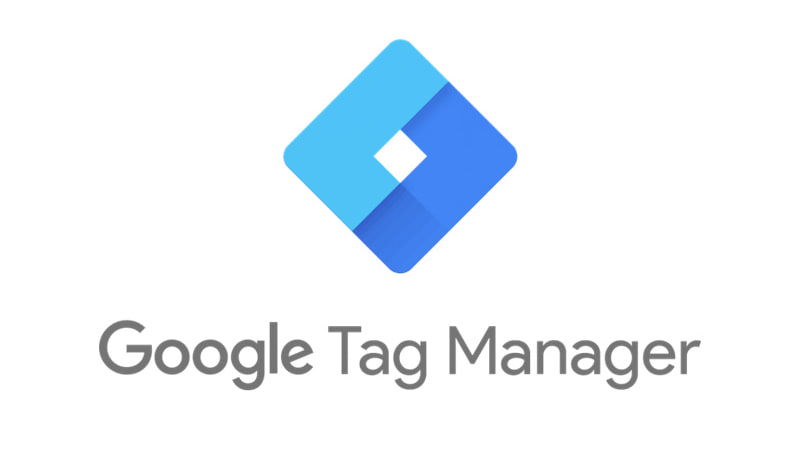
Google tag manager is a tag management system that lets you update measurement codes and related code scripts (collectively known as tags) on your mobile application or website.
You can use it to manage measurement and marketing optimization tags without editing your site's code. Examples include pixel management and firing and event-based tracking.
Data Studio:
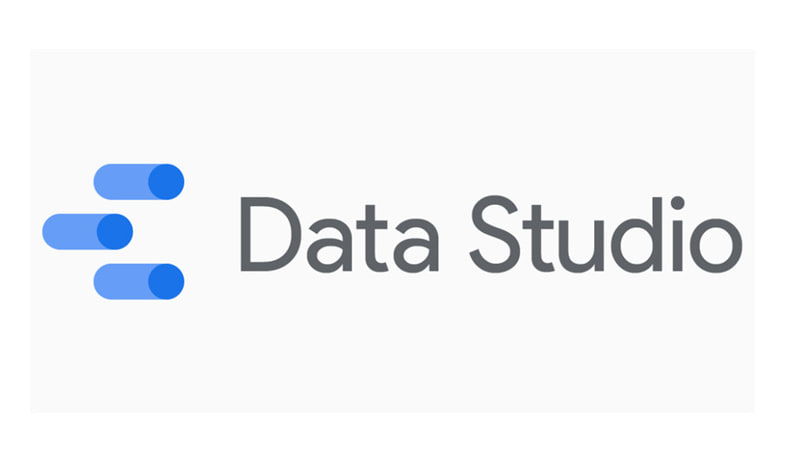
Google data studio transforms all your data into informative, customizable reports and dashboards that are easy to share. It is a free dashboard solution that allows even inexperienced users to perform complex data analysis and visualization tasks.
It draws data from up to 12 uniqua sources (including google analytics) and merges them into shareable, easy to edit reports. The service can save your resources by reducing the time and money required to create, read, and share reports. Its versatility and usability helps your marketing team make faster decisions and achieve better results.
Google Search Console:
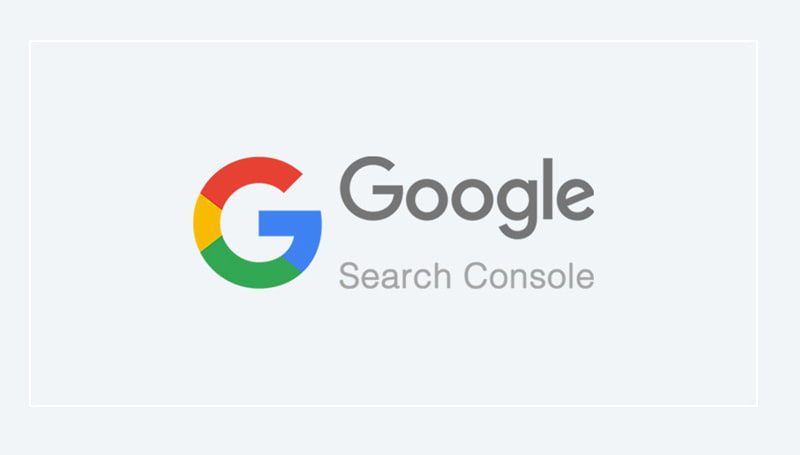
Search console is a free service, also from Google, that lets you monitor, maintain, and troubleshoot your website's performance in search results.
You do not need to sign up for the search console to appear in Google's search results, but the tool will help you understand and optimize how Google's search engine views your website.
Google search console offers tools and reports for the following features
Checking whether Google can index your website
- Finding indexing problems and requesting re-indexing of new or revised content
- Showing which websites link to yours.
- Receiving notifications whenever Google finds spam, usability problems, or other errors on your website.
Pro tip
Google search console is an invaluable marketing tool, and it's not that hard to get started. All you need to do is
- Sign in to search console with your Google account (so, you will need a Google account for this to work)
- Enter your site's domain name or URL-Prefix to add properties
- Verify using one of the methods provided in your dashboard.
2. Data collection
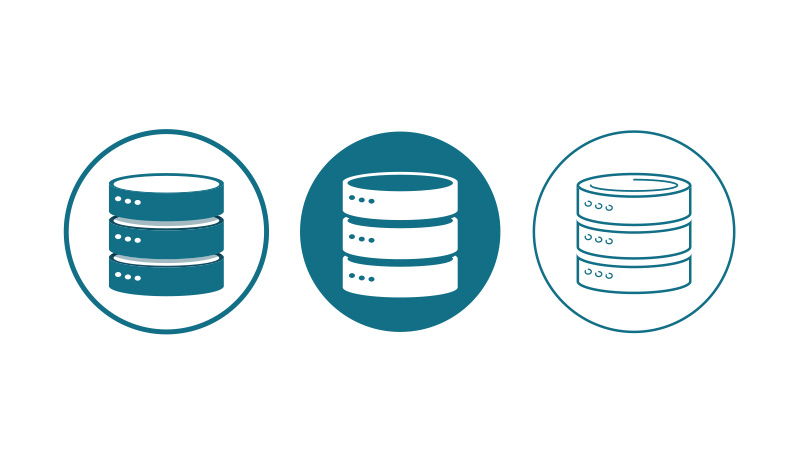
Data collection for marketing is a complex process whose success hinges upon the relevance and integrity of the data.
The tools used for data collection broadly fall into two groups, Customer Data Infrastructure (CDI) and Customer Data Platform (CDP).
A customer data platform tracks and stores first-party data on customer engagement. It generates user segments by integrating customer data from several sources. It is also capable of feeding these insights into external tools.
Customer Data infrastructure is a cloud-based product that builds on an existing customer relationship management (CRM) platform by collecting first-party data from customers at all touchpoints in the customer journey, from the first point of contact to registration and so on.
The tool then processes this data, allowing you to evaluate consumer trends and design relevant marketing strategies.
Tool Recommendations
a) CDP:
Segment.
Segment is a reliable data tracking solution for organizations of all sizes. While its main product, Connections, is a CDI solution, the company offers a CDP (personas) as an add-on.
mParticle
mParticle is a horizontal CDP that primarily serves B2C brands. It offers a CDI solution for data collection, along with CDP capabilities like audience building and identity resolution.
Other commonly used customer Data platforms include Salesforce, Tealium, lytics, Exponea, and hull.
b) CDI:
Avo
Avo lets you create smart tracking plans through a straightforward interface and enables you to generate tracking codes for the events and properties you have defined. This allows more control over taxonomy and limits implementation errors.
Iteratively
Iteratively is similar to Avo. It offers several integrations and can integrate with Segment, allowing you to send data to all the destinations that Segment supports.
Segment connections, Mparticle CDI, Rudderstack, metarouter, Snowplow, Freshpaint
3. Warehousing Event Data
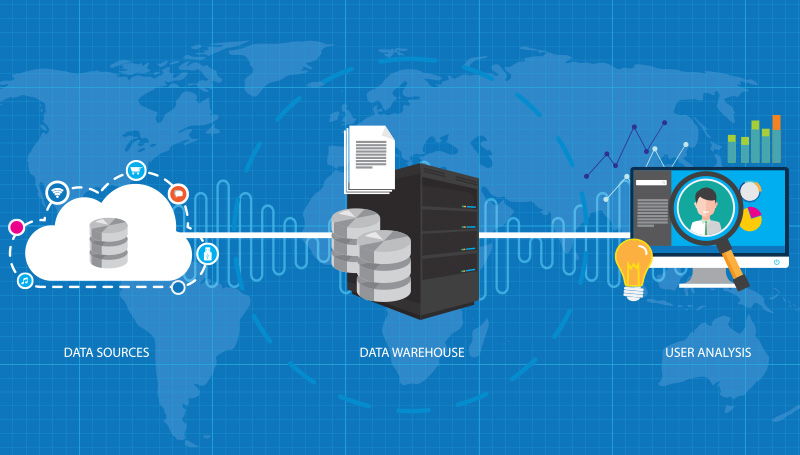
Data-driven marketing works best when you put all your data in a warehouse, a database capable of storing data from various sources designed to facilitate analytics.
This approach allows you to do many innovative things with your data, like transforming and integrating event data with insights from other sources before analysis and activation.
Tool Recommendations
The most popular data warehousing tools are snowflake, AWS Redshift, and Google BigQuery. Besides backing up your data, these tools will let you do a lot with it. They enable you to transform and combine event data with data from other sources so you can enrich it before analysis and activation
4. Analysing Event Data

This is the part where you use product analytics or customer analytics tools to evaluate your events data and help you understand how users are responding to your product.
You probably know it already, but it's worth emphasizing here that the data that feeds into this process comes from your website or applications. You may use external apps too, but you need to be careful about it as you may bloat your tool with irrelevant events, leading to data quality problems.
Tool Recommendations:
Heap, Amplitude, and Mixpanel are some of the best analytics tools you can use. But, this is not to say that they're the only good ones available. others like Raham and Posthog do a decent job as well.
All these tools serve a similar function, and will integrate with common tracking platforms like Rudderstack and Segment.
5. Dashboard and reporting

Reporting provides a critical overview of your marketing team's performance. It is a vital decision-making tool that allows your senior managers to identify and resolve identified problems. The insights you gain can also inform other business functions, like finance and future strategies. Allow me to explain how
Reporting reveals your most successful marketing messages and strategies. This allows you to enhance your success by repeating the most successful tactics and re-evaluating those that do not work.
Tool Recommendations:
Google analytics:
Google Analytics is one of the best reporting tools you could use for your marketing efforts. It reveals valuable audience insights to help you determine the most effective channels for your marketing campaigns.
Data Studio:
Google analytics can generate enough data to keep you occupied for days, which can be a problem when you want to share a simple, concise report with management.
That's where data studio comes in
It is a free reporting and data visualization tool that pulls Google analytics data (along with 12 other sources) compressing them into simple, shareable reports and dashboards. These visual aids are informative, easy to share, and fully customizable.
6. Real time analysis
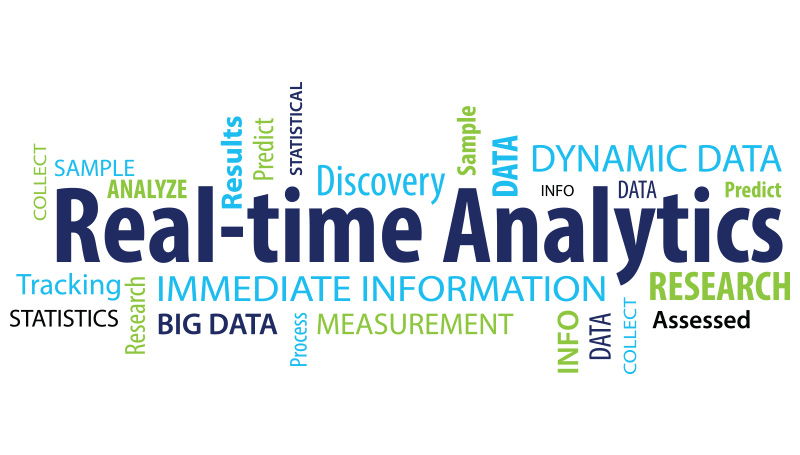
Real-time analytics is a vital process for data-driven marketing, and its importance grows by the day. It involves using both industry-wide and individualized data to inform your approach when dealing with customers.
It provides the insights that help you understand what they want and need and how they found your business. You or your marketers can then use this to better manage relationships and provide targeted enticements and offers.
Here's an example.
Let's assume your company provides cable TV services, and a client calls you with the intent to cancel their subscription.
Real-time analytics can assess the cost of losing this client based on their purchase history. The data can help your sales representatives determine whether to make a targeted offer to convince the client to stay.
There's another way real-time analytics can benefit your data-driven marketing efforts.
Operational analytics (a subset of real-time analysis) lets you evaluate the cost and effectiveness of a marketing campaign in trial time. It looks at factors like
- Heatmaps
- Customer journey
- Video recordings
- User funnels
- Browser based insights
- Device based
- Geo based
- Channel based: FB etc.
The information you gain from this process will allow you to make ongoing improvements to your marketing campaign.
Tools Recommendation:
Microsoft clarity
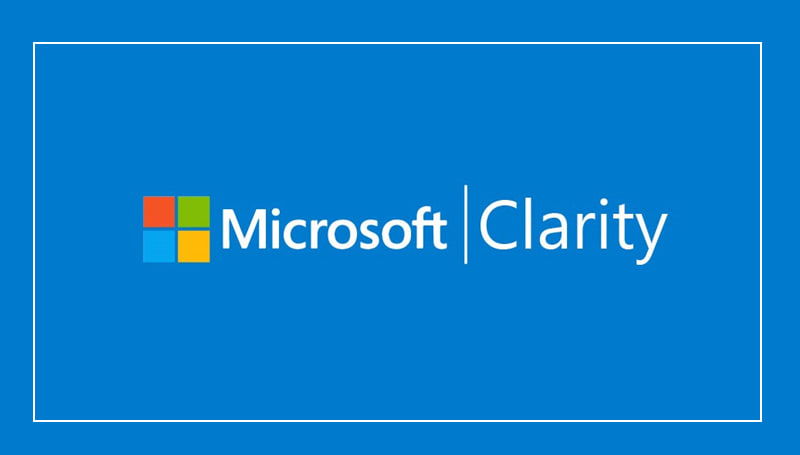
Clarity is a free platform that analyzes customer behavior through heatmaps and session replays. Heat maps let you see where users click and scroll as they explore your websites and which parts of your pages get the most engagement. Individual session recordings let you analyze user behavior, so you can identify areas where users get stuck and fix them.
Hotjar
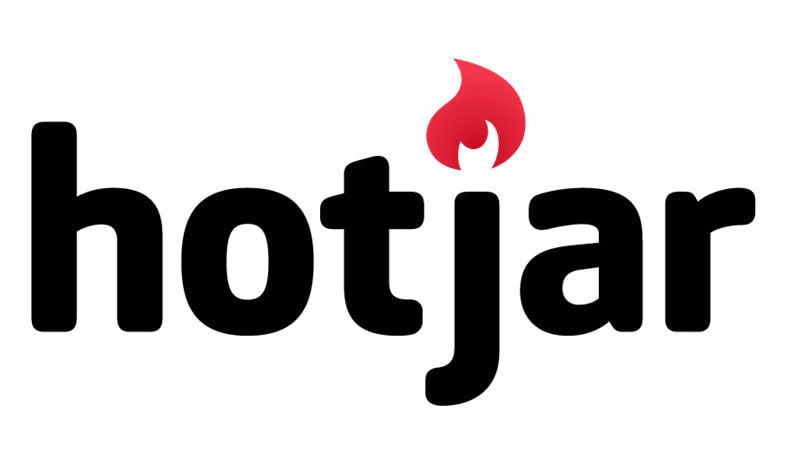
Hotjar reveals online user behavior through an intelligent combination of feedback and analysis tools. It gives you an overview of how to enhance your site's user experience and enhance performance/conversion rates.
7. Actionable insights
After doing real time analysis. we’ll move to the fixing part, as there could be a ton of problems with your marketing campaigns.
We’ll have our data filled with 100s of insights now, so we’ll spread them over a period of weeks and months and test them out.
For example Leakages, Dropoffs and bounce rates can be things which can be immediately fixed.
Tool Recommendation:
Human eyes
Execution:

Execution is where you put all the insights gained from your data-driven marketing process to work. It is a multi-stage process, consisting of the steps we'll discuss below
1. Website design and optimization:
This is where you shift into conversion rate optimization mode where you start auditing the website and optimize on bunch of factors like
Speed, colour of website, branding, graphic design, CTA, Copy, Load time, Messaging etc etc.
Personalising experience:
Here, you’ll use data to give a personalised experience to show to customers through sms, landing pages, copy, support, email, Notifications, In app messages.
Tools:
Optmizely

Optimizely empowers you to create digital experiences that supplement your brand's data-driven marketing decisions. By replacing assumptions with evidence-based results, it allows you to enhance your innovative process, limit the risk of implementing new features, and increase returns on investment.
VWO

VWO is a renowned A/B testing tool that you can use for conversion rate optimization and experimentation. The overall ease of using the platform allows you to quickly create and implement tests without software engineering skills. Its customization options and adaptability allow you to study very unique scenarios.
Other popular conversion rate optimization tools you could use are Google optimize and MutinyHQ
2. Content marketing:
Content marketing generates sales by giving your audience what they want while they are actively looking for it.It works best when it's driven by your buyer personas and marketing funnel strategies and follows SEO best practices.
Tool Recommendation:
Semrush: For seo
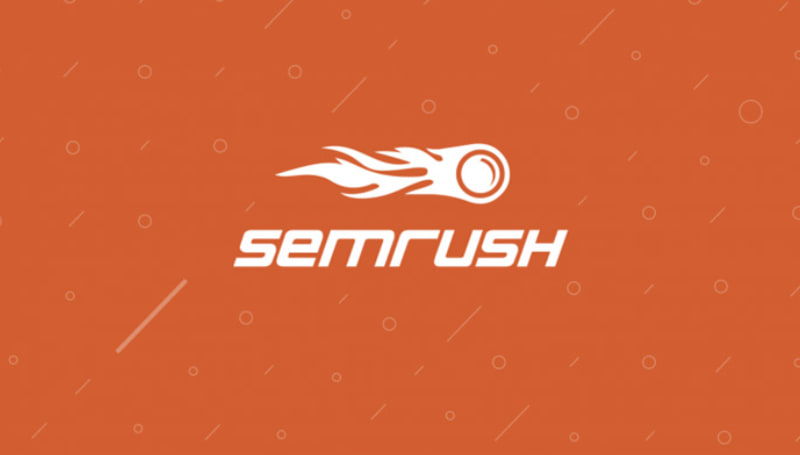
Semrush offers solutions for pay per click advertising, Search engine optimization, competitive research and social media. over 7 million marketers across the world use the platform, which is a testament to its effectiveness.
Yoast: For SEO
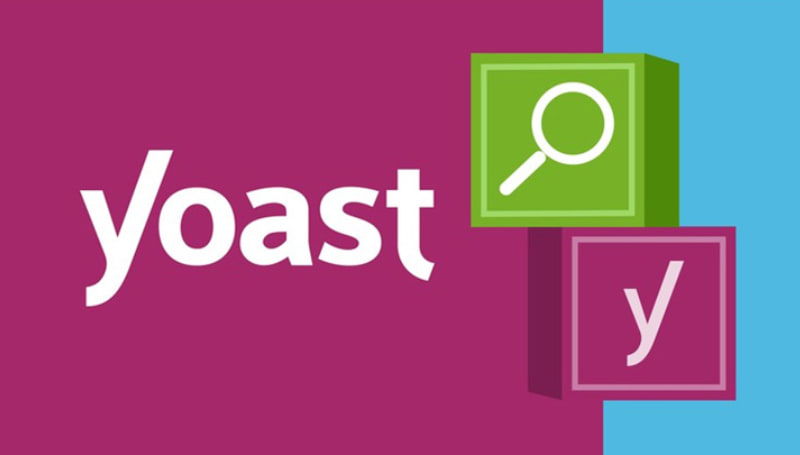
Yoast is a search engine optimization add on for WordPress that has been downloaded more than 300 million times. The tool lets you optimize your site with appropriate keywords and perform other SEO related tasks like link optimization.
3. Search engine optimization:
The primary benefit of search engine optimization (SEO) is increased visibility in search engine results. Since it is a customer-centered marketing approach, it will help deliver your website's pages to a relevant, receptive audience.
The organic visibility SEO offers guarantees that motivated internet users will find your website (with no persuasion or enticement on your part).
Tool Recommendations
Google analytics:
Google analytics contains vast amounts of data your growth team can use to evaluate and optimize organic performance, from keywords to best referrals and many others. It also allows you to measure the success of your campaign. you can see how many visitors a particular activity brings in. you can also categorize them on the basis of new and current, topography, and referral sources.
Search console:
Search console focuses entirely on search engine results pages, and provides you with all the tools and insights you need to help site owners improve presence and visibility.
4. Social media marketing:
Social media ad spend is projected to reach nearly $50 billion in 2021. This alone is a testament to its efficacy. Paid social media allows you to target particular audiences. The benefit, of course, is that it enhances campaign sustainability, speed to market, and message frequency.
5. Email marketing:
Email marketing campaigns are meant to promote special offers, products, or services. A typical campaign may comprise between 3-10 emails sent over many days or weeks.
The offers they contain are determined by the relevant ideal customer profiles and marketing funnels.
Tool recommendations
Sendgrid
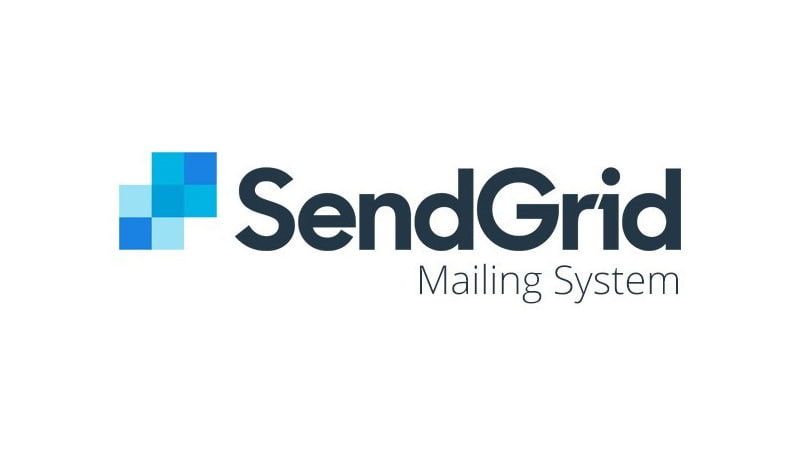
SendGrid provides cloud-based SMTP services. It allows you to send emails without the need for email servers. The platform handles all technical details from infrastructure scaling to real-time analytics and whitelist services.
Activecampaign

Active Campaign is a comprehensive email marketing automation and customer relationship platform. It provides an excellent user interface that makes it easy to segment your subscribers. It is also remarkably cost efficient.
6. Paid Advertising:
Paid advertising is a digital marketing technique where ads are placed at the start of a web page or search engine results page. Users only see the ads if their interests match the advertisers' product or service. Ads are great because they are measurable and affordable.
That said, you must scale the correct funnels (based on your reporting) for success. For example you could have someone in your system and the funnel might work great but what if they churn after 6 months then they are not the right ICP.
Tool Recommendations
Hyros

Hyros lets you track traffic and accurately scale your ads. Its biggest strength is that it uses AI algorithms to optimize your Ad campaigns, a process that can have dramatic positive results. The tool also gives you an overview of customer journeys, tracks clicks and conversions, and pulls all your traffic sources into a centralized hub.
Madgicx
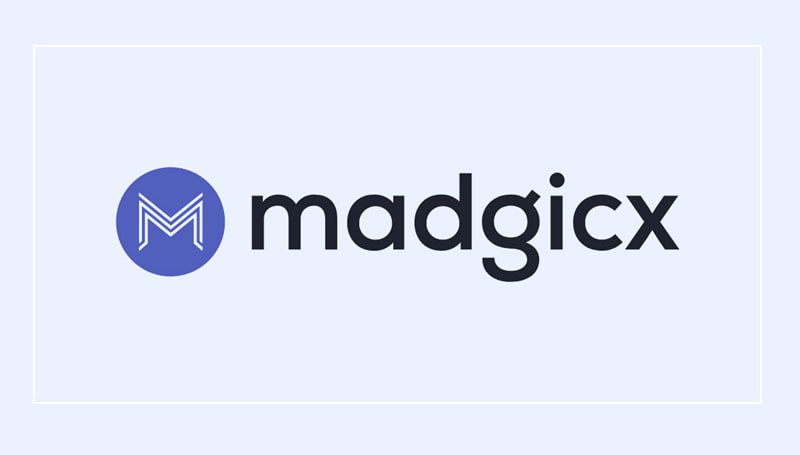
Madgicx is a multi-channel marketing platform that will help you optimize your ads through AI tags, custom automation, creative insights, and campaign overviews. Its key benefits include customer targeting, conversion tracking, and automated publishing.
It lets you analyze data points and evaluate the performance of each content element through computer analytics.
7. Marketing automation:
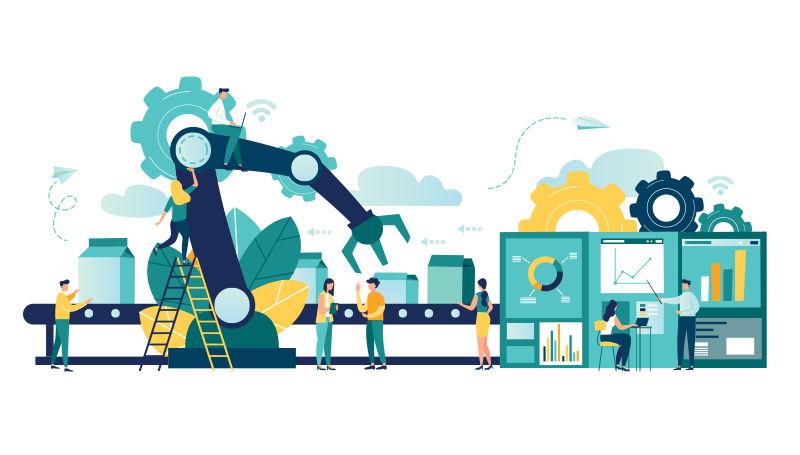
Automation lets you coordinate multifunctional campaigns across several channels automatically. It takes all the processes we've covered so far and runs them autonomously, so you can focus on more critical activities. So, things like emails, notifications, and user-activity based messages will happen all on their own.
Automation tools are fast and accurate. This means they allow you to quickly streamline, automate, and evaluate marketing objectives and workflows to increase operational efficiency and grow revenue.
Tools recommended:
Convert kit

Convertkit facilitates automation by making your content more personal. It allows you to send your audiences customized content that gives them exactly what they need. This way, you can turn the trust and relationships you've built into sales. The platform also lets you setup funnels to automatically pitch products to engaged customers.
Mautic
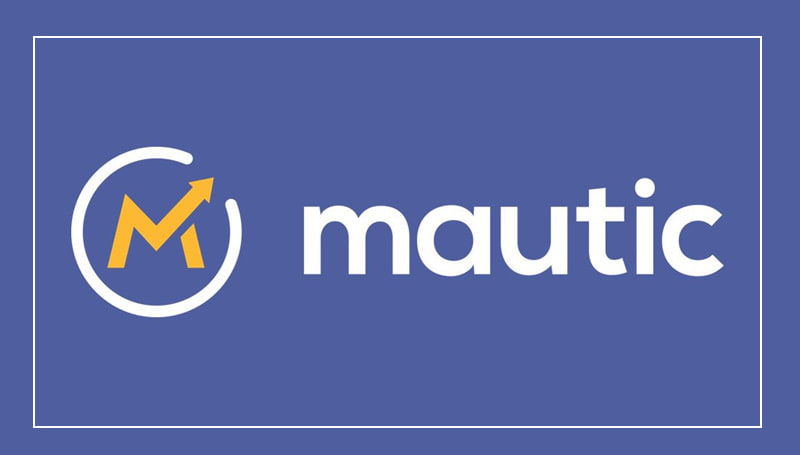
Mautic is an open-source marketing automation project. It enables you to integrate and personalize all your digital properties and channels into a comprehensive customer experience. The platform's tools allow you to deliver high performing campaigns and content.

What to look for in a data driven marketing agency
As you hire marketers, look for agencies with the ability to
#1 Separate knowledge from the data
Your marketing team must demonstrate the ability to extract meaningful insights from data by performing data mining, statistical analysis, and advanced analytics. this ability will give employees at all levels of the organization the right data to use, at the right time. In this way, your agency's efforts will establish accurate decision making, contributing to your company's competitive advantage.
There’s another benefit. Your agency’s ability to perform advanced analytics means they can predict market changes! They can use data analysis to identify trends in the current market and make accurate deductions on future behavior. This will allow you to plan for the future.
#2 Create an effective modern market tech (martech) stack
A marketing stack is supposed to simplify complex tasks and enhance the efficiency of your marketing processes. So, you should hire an agency capable of creating one that works. The stack should be
- User friendly
- Cloud-hosted
- Easy to use (it should require minimal technical configuration from the user)
These attributes will encourage accessibility and scalability so you can quickly address data needs without unnecessary down time.
New technology can be intimidating, so you don't want tools with steep learning curves. Your marketing team should create a stack that fits your enterprise's specific needs.
Note:
Creating/maintaining a modern data stack is not the primary duty of a growth / marketing team, but knowledge of the process gives marketing professionals a unique perspective that allows them to identify trends within the data and act accordingly.
#3 Use customer insights to make real time decisions.
The ability to make decisions in real-time is vital for a successful data-driven marketing campaign. Your agency should have the capacity to use real-time analytics to maintain customer relationships because doing so will significantly improve your profitability.
#4 Constantly gather data
Data-driven marketing is an iterative process. You need an agency that will collect data and analyze continuously. This way, you'll have a better understanding of where you've been, what strategies have been effective, and how well they've performed.
More specifically, it will help you rectify temporal biases (when you wrongly believe market changes are more likely to occur in the distant future as opposed to the near future), and continuously engage your audience
Conclusion
Well, it's been quite a discussion, and we've covered just about everything you need to know concerning data-driven marketing. It might seem a little overwhelming if you're a beginner, but it really isn't if you have the support of a capable marketing team or agency. It is also the way to go if you want to maintain a competitive advantage in the current business landscape.
Data-driven marketing will allow you to determine what works, what doesn't and find the best ways to optimize your strategies. In many ways, it is the ideal solution to your customers' changing needs and expectations.
